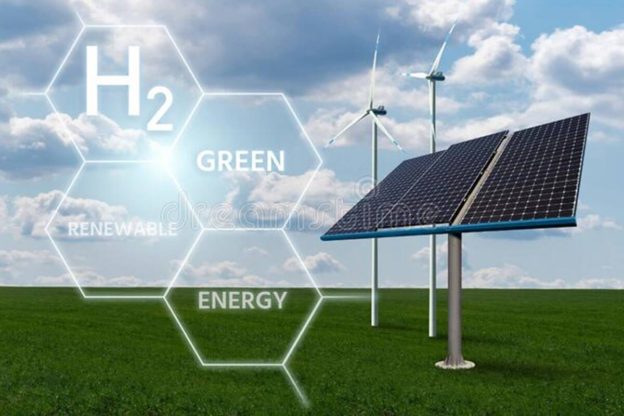India’s final energy demand expected to double by 2070, says Deloitte-FICCI report
India’s final energy demand is expected to double to about 1200 Mtoe (Millions tonnes of oil equivalent) by 2070 in a net-zero scenario with aggressive energy efficiency measures, said a report titled India’s energy-transition pathway: A net-zero perspective by FICCI and Deloitte India. It further stated that India will require $15 trillion in investments to achieve its net-zero emissions target by 2070.
The report highlighted three fundamental pillars that collectively anchor India’s energy transition ambitions and are expected to address approximately 90 per cent of the nation’s current emissions. These pillars are grid decarbonisation, industrial decarbonisation, and transport transition, it said.
“India’s looming energy demand, poised to double by 2070, is a clarion call for sustainable transformation. It’s important that we embrace the energy transition levers and focus on creating an ecosystem which enhances domestic manufacturing, foster global partnerships, and attract investments,” said Anish Mandal, Partner, Consulting, Deloitte India.
Three pillars towards India’s energy transition ambitions
First, grid decarbonisation aims for a transformative shift in the share of electricity in the final energy mix, with expectations to soar from 18 per cent in 2020 to over 50 per cent by 2070. According to a Deloitte analysis, the roadmap to grid decarbonisation requires more than 2000 GW of grid scale renewable energy (RE) (wind + solar) and around another 1000 GW of RE for green hydrogen production. This transition will demand an ambitious capacity addition of approximately 50 GW/year of RE, marking a notable escalation from the historical average of 15–20 GW annually.
To realise these targets, the report recommended that the central and state governments expedite the bidding process for procurement of renewables. “There is an urgent need to bolster domestic manufacturing capacity. In the interim, while the domestic supply chain is being fortified, the government may consider relaxing trade barriers. Hydro and nuclear resources along with regional trade of electricity will play a critical role in the supply-side transition,” it said.
The second pillar, industrial decarbonisation primarily focuses on pivotal sectors like steel, cement, aluminum, and fertilisers. The spotlight in this pillar is firmly on Green Hydrogen (GH2), which is anticipated to find broad applications across these industries. As per Deloitte’s analysis, by 2070, GH2 is projected to satisfy a substantial portion of energy demand, going more than 50 million tons (MT).
To address the economic implications of GH2, the report said that measures should be taken to reduce its cost and foster an environment that promotes its broad acceptance. “It is crucial to support early-stage demonstration projects, particularly in the cement and steel industries. Studies need to be initiated to map out potential CO2 storage areas, and to identify regional clusters that would optimise the implementation of carbon capture technologies,” it said.
The third pillar, transport transition emphasises on India’s strategic shift towards low-emission technologies. The spectrum ranges from Battery Electric Vehicles (BEVs) to Hydrogen Combustion Engines to Fuel Cell Electric Vehicles (FCEVs). The development of a comprehensive charging infrastructure complemented by visionary urban planning is integral to this shift.
According to the report, a robust Public-Private Partnership (PPP) to establish charging infrastructure and hydrogen refueling systems is essential for the transport transition. “Both, central and state governments need to prioritise efficient urban planning strategies that can reduce travel distances and motorised travel demand, by investments in railways, including their augmentation and modernisation, as well as in freight corridors and mass public transit,” it said.
The report also shed light on the financial aspects of this ambitious transition and highlighted the instrumental roles of the government, private sector, and Multilateral Development Banks (MDBs). It also recommended the introduction of innovative mechanisms, such as Contracts for Differences (CfDs), as a promising move to incentivise investments in new energy projects.
“With conducive policy support, steady inflow of investments, and technological developments, India has seen an exponential growth in its Renewable Energy (RE) sector, especially with solar power generation in the past few years. These are important for India’s commitment to achieving net-zero emissions by 2070,” said Shailesh K Pathak, Secretary General, FICCI.
https://www.financialexpress.com/business/industry-india-will-require-15-trillion-to-achieve-net-zero-emissions-target-by-2070-says-deloitte-ficci-report-3254499/





